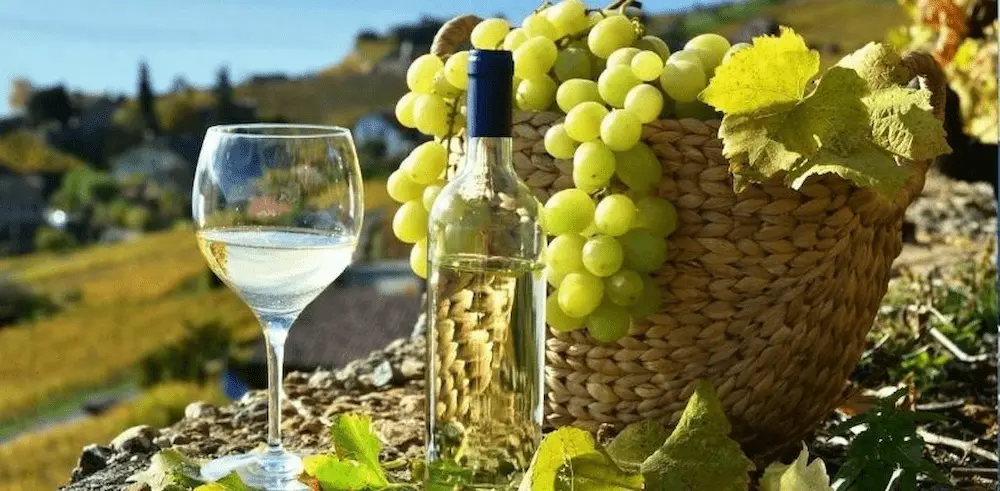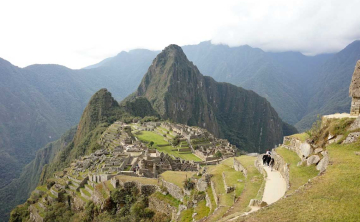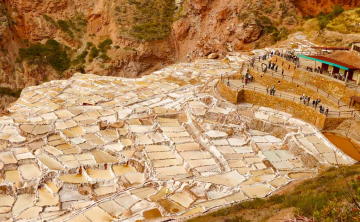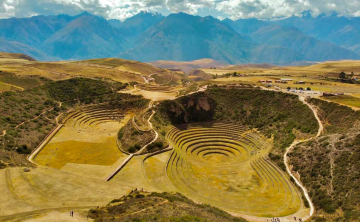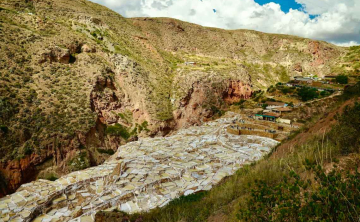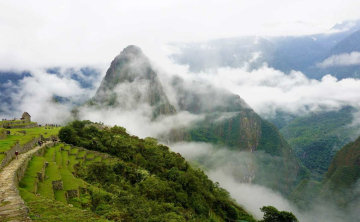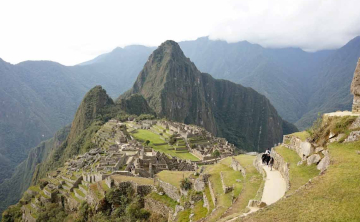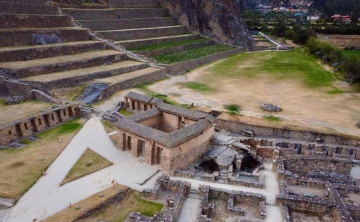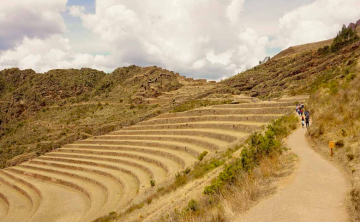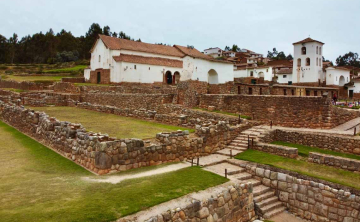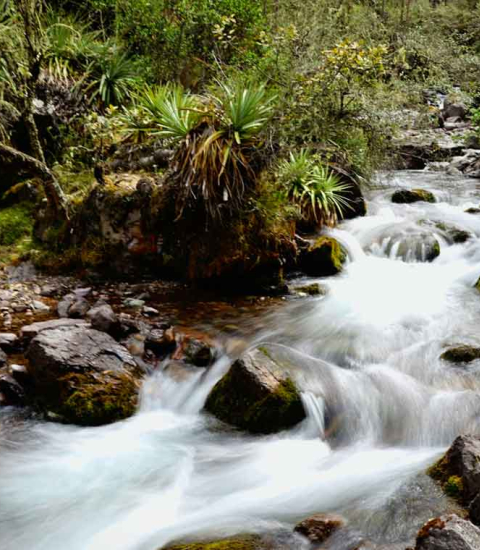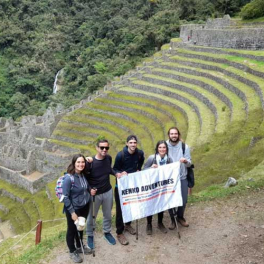We present our real culture life to our clients, hiring people from villages and communities of our region.
- Blog
- History of Pisco Sour and Recipe
History of Pisco Sour and Recipe
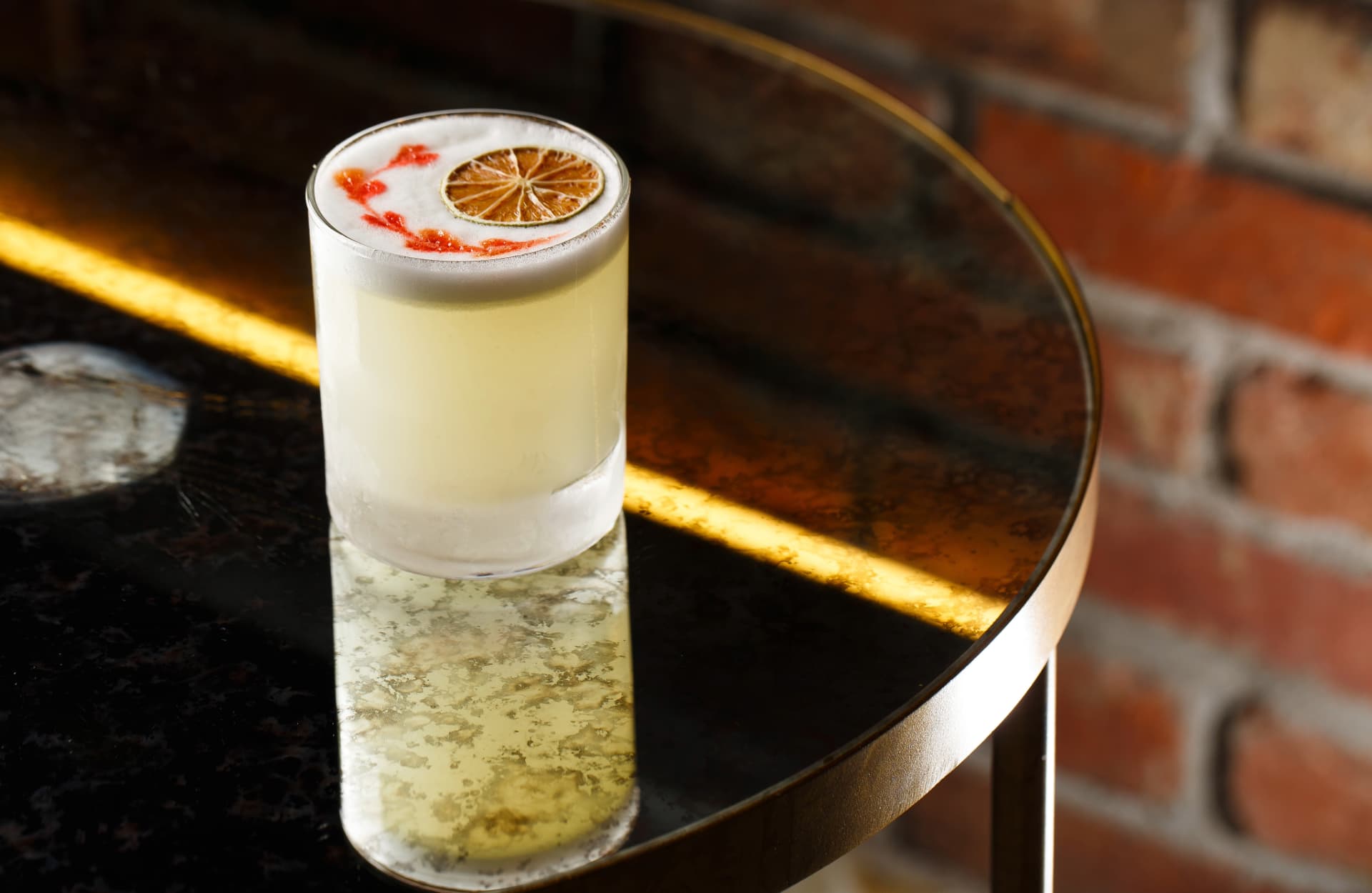
Kenko Adventures takes pride in being part of the most important/looked forward destination in all South America. Because of it, today's blog theme will extend on one of the reasons lots of visitors praise their time in Peruvian's territory, our globally recognized cuisine.
A historical review
In March 1904, Victor Morris (who's credited as Pisco Sour's creator) had already found himself in the city of Cerro de Pasco, working as an executive for the railroad company. On July 7th of that year, the train tracks finally reached Cerro de Pasco at 3:00 PM on July 28th.
The history of this iconic Peruvian beverage began on July 28th, 1904, coinciding with the eighth anniversary of Peru's independence. An inauguration ceremony was held when the first train arrived with great pomp and circumstance in Cerro de Pasco. That day, the railroad arrived at our La Esperanza station for the first time, igniting excitement throughout the town. This inauguration event was truly grandiose.
Victor Morris, in his capacity as superintendent, was the host who oversaw the ceremony and participated in organizing the event's decorations and preparing the corresponding drinks. Later, he recounted to his associates that, faced with the large turnout and a lack of champagne and whisky, he prepared the pure and bitter pisco from Ica. To temper its effects, a pleasant blend was needed. Morris applied the rules of the whisky sour, adding lemon juice and beaten egg white to the pisco, and was immensely surprised to find that the flavor was even better.
That afternoon, after countless speeches and toasts, the event came to a close as night fell. The Pisco Sour had just been born.
Migration to Lima
In 1915, Victor V. Morris decided to settle in Lima, and a year later, he founded the Morris Bar, located on what is now Jr. de la Uni├│n in downtown Lima.
It was there that Morris invented and began preparing the first Pisco Sours. However, for many years, oral tradition in Lima has claimed that the Pisco Sour was born at the Hotel Maury, despite renowned historians like Luis Alberto Sánchez denying this version and pointing to the Morris Bar as the place where our national cocktail became known and transformed into a true emblem of Peru.
This bar became highly popular among Peruvians and foreigners alike for its Pisco Sour, with Abraham Valdelomar, Augusto Legu├şa Swayne, and Alfredo Gonz├ílez Prada among its VIP clientele.
You might also want to check out: A guide to hiking to the Sun Gate (Inti Punku)
Pisco's preparation
Not every grape distillate produced in Peru is considered Pisco. Peru's Supreme Decree No. 001-91-ICTI/IND officially recognizes Pisco as a Peruvian designation of origin only for the alcoholic beverage obtained by distilling wines derived from the fermentation of fresh grapes along the coast of the departments of Lima, Ica, Arequipa, Moquegua, and Tacna (in the Locumba, Sama, and Caplina valleys). This means that grape distillates prepared in places other than those mentioned are not Peruvian Pisco and cannot be called as such, but are simply grape eau-de-vies.
With this Peruvian's country distillate, one of the most delicious and delightful alcoholic beverages to be savored worldwide is prepared: the Pisco Sour, which is Peru's national cocktail.
The production of Pisco is an artisanal process, passed down through generations. Once the grapes are harvested and fermented, they are carefully distilled to preserve the natural flavors of the fruit. The resulting product varies in flavor, aroma, and strength depending on the variety of grapes used, but all Pisco shares one thing in common: its deep connection to the land and history of Peru.
While Pisco is most famously enjoyed as the base for the Pisco Sour, PeruÔÇÖs national cocktail, it can also be savored neat or in a variety of other cocktails. The Pisco Sour is a delightful concoction, blending Pisco with lime juice, simple syrup, egg white, and a touch of bitters, offering a perfect balance of sweetness, acidity, and smoothness. It has earned international acclaim, allowing people around the world to experience the magic of Peru in a glass.
This tradition of Pisco-making is not only a testament to PeruÔÇÖs cultural identity but also a craft that continues to captivate those who appreciate fine spirits and the unique flavors of the Andean region.
You might also want to check out: What animals can i see on the Inca Trail?
Pisco Sour's recipe and preparation
Now, the part we've all been looking forward to. The preparation isn't really difficult and it will allow you to savor Peru's culinary in only a matter of a couple of minutes. However, if you want to experience Peru's culinary boom with your own palate, don't doubt in visiting the most popular Peruvian destination since Pisco Sour is easily found throughout all the Peruvian touristic destinations.
Preparation Time: 3 Minutes
Servings: 2
Ingredients
- 4 ounces of pure pisco, made from a single pisco grape variety
- 1 ounce gum syrup
- 1 ounce fresh lime juice
- 1/2 egg white
- 2 ice cubes (optional)
- 2 drops Angostura bitters (optional)
Instructions
- In a cocktail shaker or blender, add all the essential ingredients in this order: first the pisco, then the gum syrup, followed by the lime juice, and finally the egg white.
- If desired, add the ice cubes.
- If using a cocktail shaker, shake vigorously for 10 seconds. If using a blender, blend for 5 seconds.
- Serve the cocktail in two stages: first pour halfway into the glass, pause, then top it off by pouring the remaining half.
- If desired, garnish each glass with two drops of Angostura bitters.
- Enjoy responsibly and in moderation!
Best peruvian pisco for cocktails
When it comes to mixing, Pisco Puro and Acholado Pisco are the go-to choices for creating refreshing and flavorful cocktails. The smoothness of Pisco Puro offers a clean and crisp base that allows the other ingredients to shine, whether in a tangy Pisco Sour or a tropical Pisco Punch. On the other hand, Acholado's complex blend of grape varieties adds depth and a more robust flavor, perfect for cocktails that require balance and sophistication. These two types of Pisco are versatile enough to adapt to various cocktail styles, making them a staple for any bar or home mixologist.
Pisco Puro
Pisco Puro is made from a single grape variety, such as Quebranta, Italia, Torontel, or Albilla. This versatile type of Pisco is clean, fresh, and fruity, making it the perfect base for classic cocktails like the Pisco Sour and Pisco Punch. Its smooth finish complements the tangy lime and the richness of egg whites in the Pisco Sour, while adding vibrant notes to tropical Pisco Punches. If you enjoy bright, crisp cocktails that showcase the essence of the grape, Pisco Puro is your ideal choice.
Acholado Pisco
Acholado is a blend of multiple grape varieties, often including Quebranta, Italia, and Muscat. This blend creates a complex and well-balanced flavor profile, making it perfect for cocktails requiring a deeper, more nuanced taste. Whether mixed in a Pisco Sour or Pisco Tonic, Acholado PiscoÔÇÖs richness adds sophistication, complementing fruit juices, herbs, or syrups. ItÔÇÖs the ideal choice for those who prefer a layered, complex drink.
Best Peruvian pisco for sipping
For those who appreciate sipping spirits, Pisco Mosto Verde and Pisco Quebranta offer distinct experiences. Pisco Mosto Verde stands out with its sweetness and rich texture, ideal for savoring slowly and appreciating its layered complexity. ItÔÇÖs a perfect choice for those seeking an elegant and refined drink. Meanwhile, Pisco Quebranta, with its full-bodied and earthy character, offers a more traditional sipping experience. Its strong flavor makes it a great choice for pairing with hearty dishes like grilled meats and aged cheeses, elevating your tasting experience to a whole new level.
Pisco Mosto Verde
Made from partially fermented grape juice, Pisco Mosto Verde offers a sweeter, richer taste. The natural sugars from the unfermented grape juice give it a smooth and fuller mouthfeel, making it perfect for sipping neat or with a slight chill. With subtle fruity notes, floral undertones, and a touch of grape sweetness, Pisco Mosto Verde offers a refined, luxurious drinking experience.
Pisco Quebranta
Pisco Quebranta, made from the Quebranta grape, is the most widely used variety in PeruÔÇÖs Pisco production. Known for its robust, full-bodied flavor, it has an earthy taste with a smooth yet strong finish. Best enjoyed neat, Pisco Quebranta allows you to fully experience the depth of the grapeÔÇÖs character. This traditional-style Pisco is also great for pairing with strong cheeses or grilled meats.
Differences between pisco and other spirits
Unlike spirits like whiskey, rum, or grappa, Peruvian Pisco is distilled directly from fresh grapes rather than fermented grains or fruits. Pisco is not aged, which allows it to retain a fresh, fruity flavor, unlike aged spirits that develop deeper, woody flavors from barrel aging. Additionally, unlike grappa, which is made from grape pomace (skins, seeds, and stems), Pisco is distilled from the fermented grape juice, ensuring a cleaner, purer flavor.
Furthermore, Pisco is never aged in wooden barrels, which means it doesnÔÇÖt acquire the woody, smoky flavors characteristic of whiskey or rum. This contributes to PiscoÔÇÖs crispness, allowing the natural characteristics of the grape to shine through, whether sipped neat, served on the rocks, or mixed into cocktails.
Visit Peru and experience Peru culinary's best
Kenko Adventures has years of experience in delivering the best tourism service in Peruvian territory. Our tours' offer covvers the most renowned tours in the country such as the Classic Inca Trail tour or the Short 2 day Inca Trail tour if you're looking to trace the inca's steps through time with the best that the Inca capital has to offer
Why Kenko Adventures?
We offer unique services like: hot shower and private toilets on treks. We have a real responsibility taking care of our planet.
Experts on: Inca Trail hikes and Machu Picchu Hiking Tours. We operate small groups.
Superior Quality services and full flexibility for any changes in this pandemic
Free warm jacket for my litle friend!
Kenko Adventure Peru founder decided to add a social proyect in all Our tours that means, if you are booking a tour with Us, you automatically are donating a warm jacket for Our litle kids that have very hard living in very cold conditions near by the Andes Mountain


